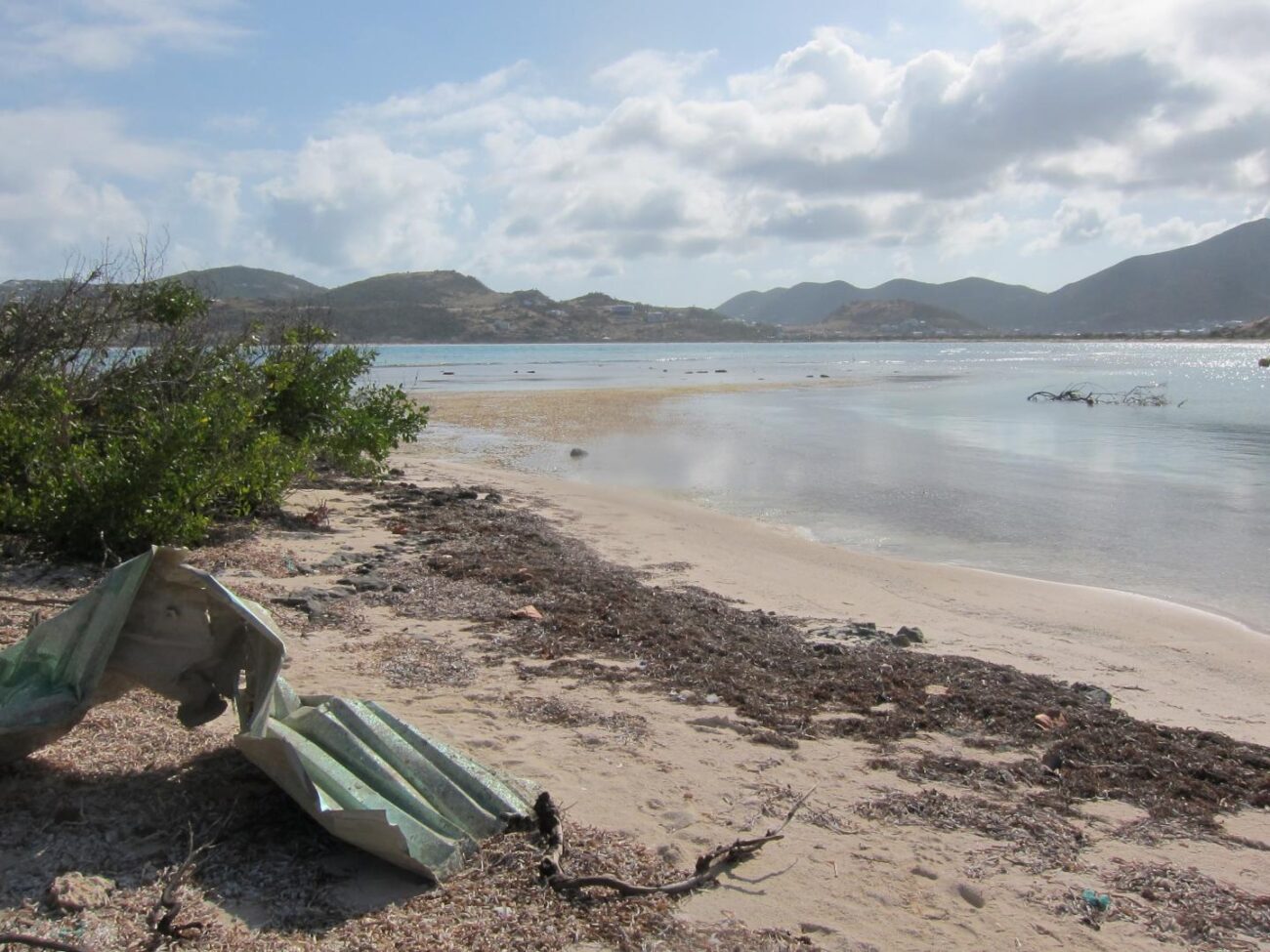Seagrass meadows vital for a healthy Caribbean Bay—study
Low seagrass population loss could leave tropical islands more vulnerable to storms
There’s an uncanny ally found deep in the seas of the Caribbean that can help the region—currently convalescing from the effects of the pandemic—buffer the perennial onslaught brought by the hurricane season.
These are the native seagrass meadows thriving beneath the deeper parts of the Caribbean’s pristine beaches. The seagrasses can also help alleviate the quickening sea-level rise.
According to the recent study published by the University of Groningen, the protective capabilities of the seagrasses were evident during the 2017 havoc of Hurricane Irma.
Author of the study and scientist Rebecca James of The Royal Netherlands Institute of Sea Research (NIOZ) observed how these native seagrass along the coast of Sint Maarten “held their ground, reduced coastal erosion and lowered the chances of flooding.”
“It is a great natural protector of beaches and reduces the need for human intervention, such as sand nourishments and seawalls,” James said in a press release.
But how do these seagrasses work their way to saving the islands’ inhabitants?
The study explained that the flexible grass, which grows in “shallow bays and lagoons throughout the Caribbean,” is a natural wave dampener.
The seagrass apparently lessens the energy from the huge waves when it sways back and forth, keeping the seafloor from eroding.
Aside from this, the environment where seagrasses are abudant cultivate a healthy marine life.
Biggest threats to flourishing underwater meadows
However, with the restart of tourism in the Caribbean in a bid to save the region from a big blow in its major lifeline, James is concerned whether local governments can keep the seagraass ecosystems unharmed.
She pointed out that the biggest threats are human disturbance, invasive species and bad water quality on the coasts.
“Tourists flock to the Caribbean for the beautiful beaches and clear waters,” James shared. “Resorts, restaurants and bars have been built throughout the Caribbean to support tourism, however, often at the expense of the natural environment.”
More often than not, seagrass and seaweed are removed to create perfectly groomed beaches. Such damage take years to recover, she lamented.
There is also a possible “overgrazing by turtles and an invasive seagrass species (Halophila stipulacea) that is currently spreading around the Caribbean,” which can both reduce the coastal protection services.
To lessen the blow towards the seagrass meadows, James urged that citizens and local governments in the Caribbean need to act fast to improve the health of seagrass ecosystems.
“Only healthy ecosystems have a chance of withstanding the more extreme weather events, a rise in CO2, and rising temperature that come with climate,” James explained. “The rapid rate of this change gives us, and present-day ecosystems, little time to adapt to the new climatic conditions on earth. Yes, it will require substantial investments in resources and money, but the benefits will go far beyond coastal protection.”



